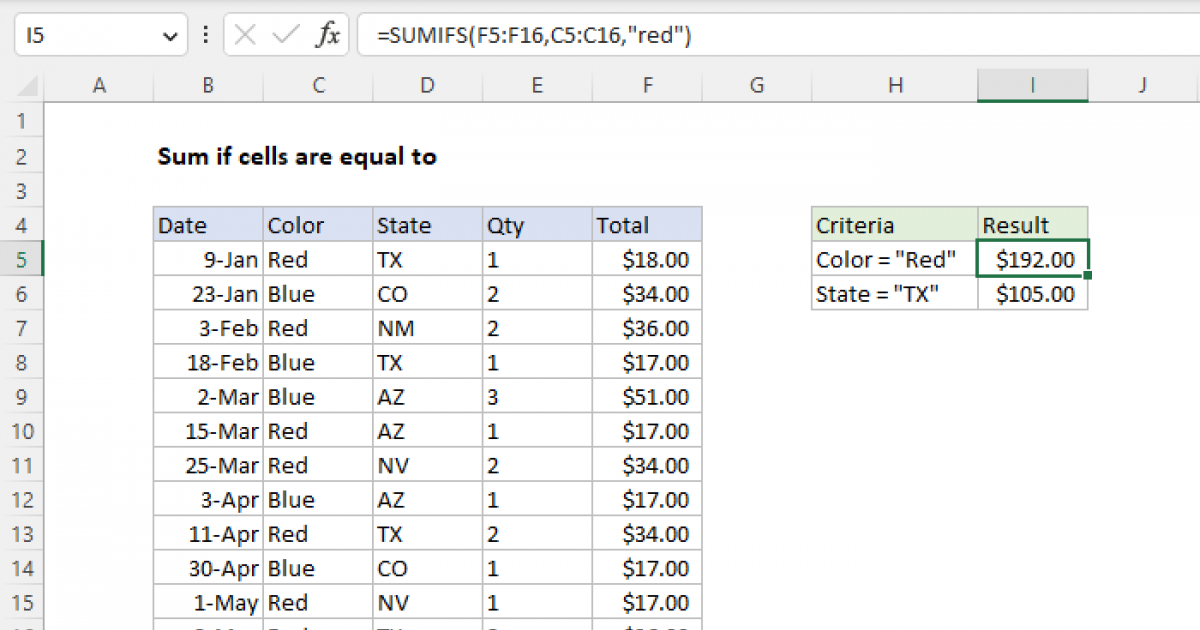5 Documents You Receive When Testing Positive for COVID-19

If you've been confirmed with a positive case of COVID-19, understanding the various documents you might receive can help alleviate some stress during this uncertain time. Each document serves a specific purpose, from informing healthcare professionals to securing necessary accommodations or financial assistance. Let's explore the five crucial documents you might encounter.
1. Diagnostic Test Results


Upon testing positive, the first document you’ll likely receive is your diagnostic test results. These results not only confirm your diagnosis but also:
- Detail the type of test you underwent (PCR, Antigen, etc.).
- Provide the date the test was administered.
- Include the facility or laboratory name and its contact information.
- Might show the quantitative viral load or cycle threshold (Ct) value if applicable.
💡 Note: The Ct value can give an idea about the viral load, but it’s not always available in standard test reports.
2. Isolation Orders

If you’re symptomatic or have come into close contact with someone who has tested positive, you might receive an isolation order. This document:
- Specifies the isolation period.
- Provides guidelines on what you can and cannot do.
- Includes instructions for notifying contacts.
- Can be crucial for securing leave from work or informing your school.
Here’s an example of what an isolation order might look like:
| Category | Details |
|---|---|
| Isolation Period | At least 10 days from symptom onset or test date |
| Action | Stay at home, no visitors, avoid public transport |
| Contact Tracing | Report your close contacts to the health department |

3. Release From Isolation Letter

After completing your isolation, you might receive a release from isolation letter from the health authorities, signaling that you’re no longer contagious. This document is important for:
- Returning to work, school, or other public settings.
- Providing legal proof to employers, educational institutions, or travel authorities.
4. Sick Leave or Disability Benefits Forms

If you are employed, you might need to fill out and submit sick leave forms or apply for disability benefits. These documents:
- Prove your medical condition for your employer or insurance company.
- May require signatures from your doctor or health department.
- Contain detailed information about your symptoms, diagnosis, and expected recovery period.
5. Health Monitoring Forms

As part of ongoing care, health authorities might issue health monitoring forms, where you record symptoms, vital signs, and other health indicators during your isolation period. These forms:
- Help healthcare professionals track your recovery.
- Might include checklists for common symptoms to monitor.
- Can be submitted electronically or physically as per instructions.
In navigating through a positive COVID-19 diagnosis, these documents play a crucial role. They help you manage your health, secure time off work, ensure compliance with public health measures, and receive necessary support. Remember, each document has a specific function, whether it's proving your diagnosis, informing contacts, or ensuring you can safely reintegrate into society after recovery.
What should I do if I lose my isolation order?

+
If you lose your isolation order, contact your health department or healthcare provider immediately to request a replacement.
How long after symptoms begin should I isolate?

+
The general guideline is to isolate for at least 10 days from when your symptoms started. Always follow the most current guidelines from health authorities.
Can I travel with a release from isolation letter?

+
While the letter signals you are not contagious, always check travel restrictions, as some destinations might have their own rules or require additional documentation.



